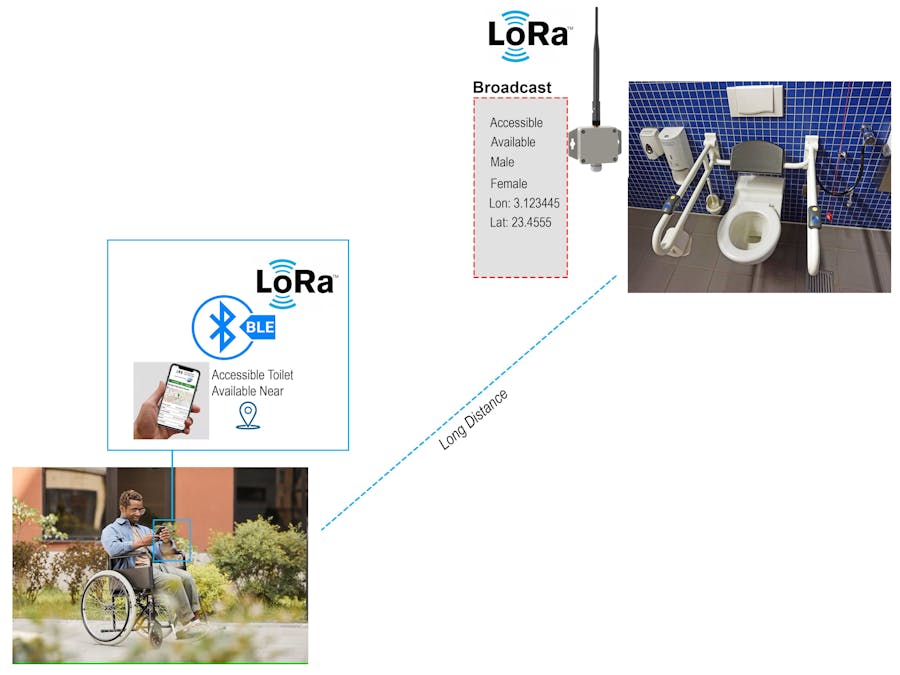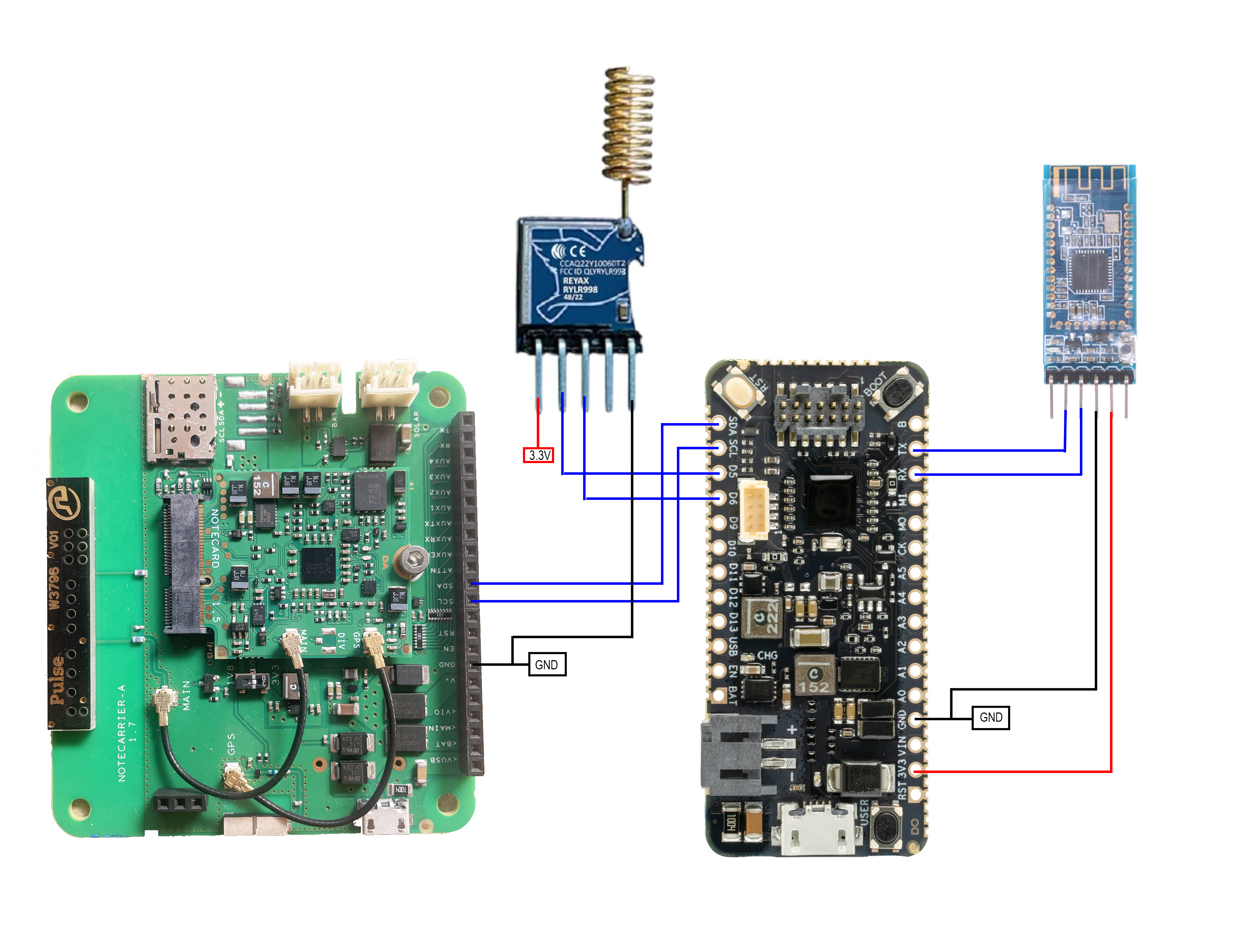Various studies show that our cities are not designed for the elderly or for those with some kind of disability. At present, more than 25% of the world population is made up of people of advanced age and/or with some type of disability. More than half of this group lives in cities and it is estimated that by the year 2050, this number will come to represent more than 2 billion people. Generally speaking, all these people experience some kind of barrier that prevents their active travel and participation within the cities. These barriers limit their full inclusion and integration in our society, as they cause them many difficulties in accessing basic services such as transportation for effective mobility, in accessing public spaces or they also have serious difficulties in accessing their own employment and/or education.
Specifically, a study carried out by C4All (Cities for All) entitled "The inclusion imperative: towards disability-inclusive and accessible urban development", shows that 80% of people with disabilities who live in developing countries face considerable discrimination and barriers that prevent them from participating in society on equal terms with the rest of the population.
One of the places where the concept of universal accessibility must necessarily be present is in the public toilet. People with mobility, sensory, or cognitive problems must be able to access and use the bathroom without any type of problem or impediment. To this end, it is necessary that certain requirements regarding the space and the location of those objects to be used are met.
The first requirement to take into account is the findabilityandavailability of this type of bathroom.
The SolutionIn this project, I will show how Accessible toilets can be easily findable using LoRa technology. A block diagram of my concept is presented below:
There will be a LoRa broadcast device in every accessible toilet that will broadcast the details characteristic of the toilet with its location and availability.
In the wheelchair, there will be a LoRa receiving unit. If the receiving unit comes inside the range of the broadcasting unit it will automatically receive the information about the toilet with its location. There can be a display with the receiving unit with built-in GPS that will guide the user to the toilet if he/she wishes to go there. Alternatively, without a display, it may have a built-in BLE device that will send the information to the smartphone. If the user opens the smartphone app he/she will be guided to the location of the toilet. In that way, the whether toilet can be visible to anyone without searching for it or asking for others help. Users can also get real-time information about either it is available to use or not. Also, as the toilet broadcasts all its features, a user can confirm whether it is appropriate for him/her to use or not before going there.
Hardware Connection for Receiving UnitI used Blues Swan, Cellular Notecard, Notecarrier A, and Reyax LoRa Module. The following image shows the connections among the different components.
I used a breadboard and a few jumper wires to make the connections. See the following image.
















Comments
Please log in or sign up to comment.